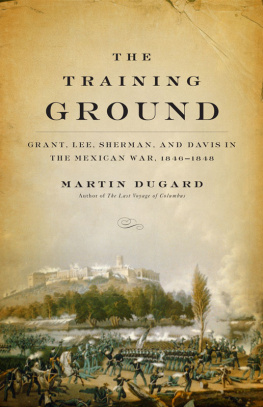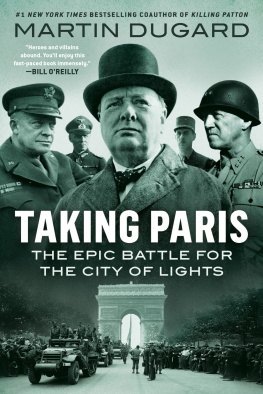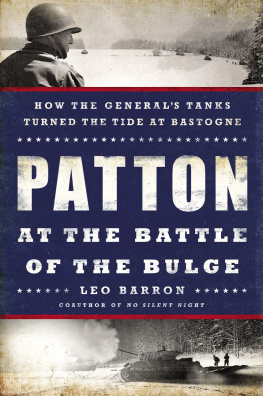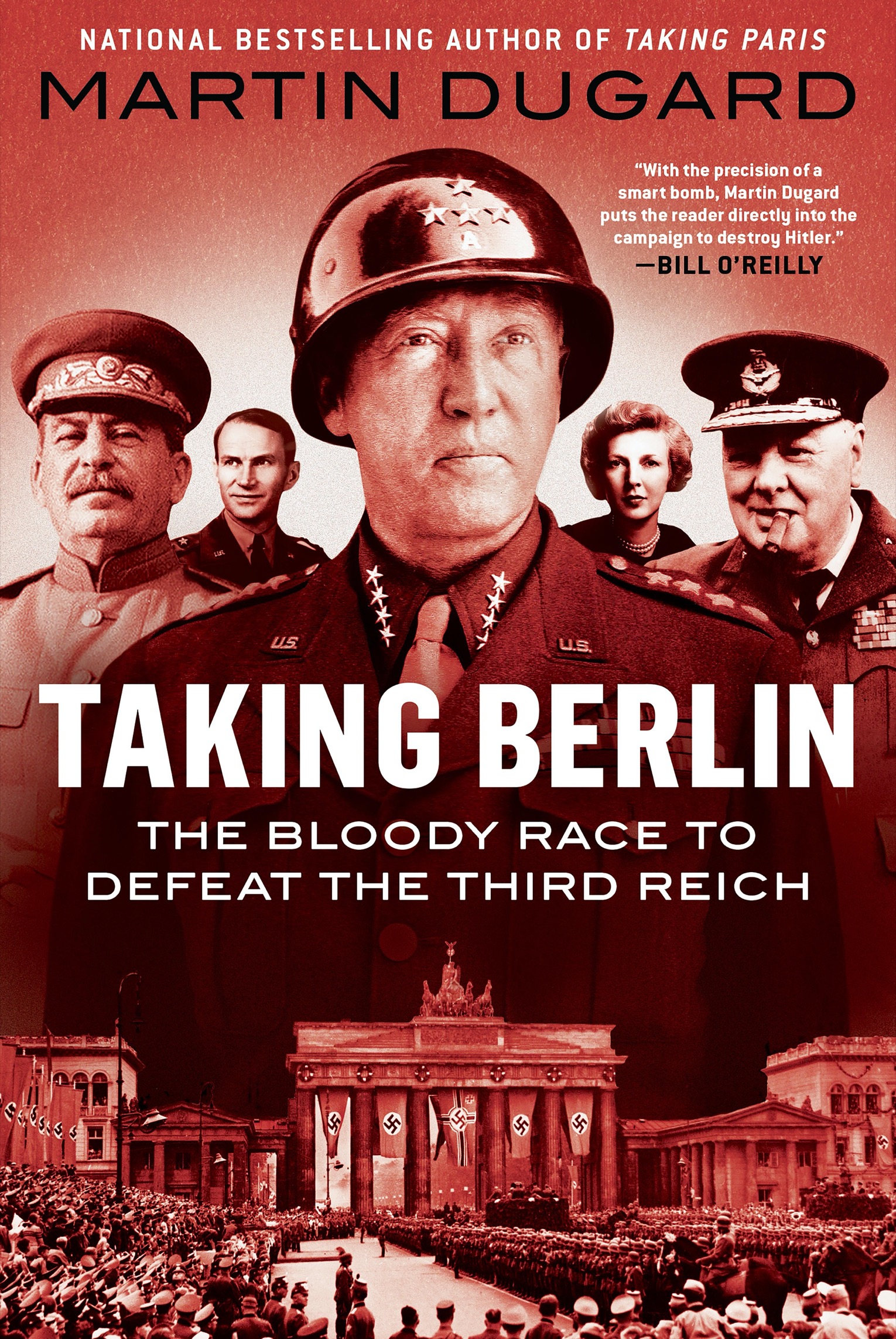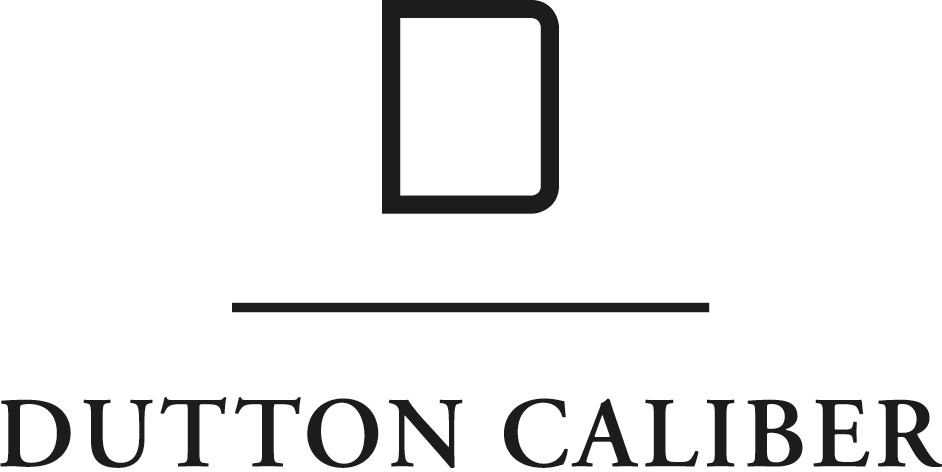
An imprint of Penguin Random House LLC
penguinrandomhouse.com

Copyright 2022 by Martin Dugard
Penguin Random House supports copyright. Copyright fuels creativity, encourages diverse voices, promotes free speech, and creates a vibrant culture. Thank you for buying an authorized edition of this book and for complying with copyright laws by not reproducing, scanning, or distributing any part of it in any form without permission. You are supporting writers and allowing Penguin Random House to continue to publish books for every reader.
DUTTON and the D colophon are registered trademarks of Penguin Random House LLC.
Maps by Chris Erichson
Cover design by Steve Meditz; Cover images: (Stalin) Courtesy of the Franklin D. Roosevelt Library; (Gavin) Keystone Press / Alamy Stock Photo; (Patton) Shawshots / Alamy Stock Photo; (Gellhorn) Granger Historical Picture Archive; (Churchill) Pictures from History / Bridgeman Images; (Pariser Platz) Sueddeutsche Zeitung Photo / Alamy Stock Photo; (Kaiser church Berlin ) Mirrorpix / Alamy Stock Photo
library of congress cataloging-in-publication data
Names: Dugard, Martin, author.
Title: Taking Berlin : the bloody race to defeat the Third Reich / Martin Dugard.
Other titles: Bloody race to defeat the Third Reich
Description: New York : Dutton Caliber, an imprint of Penguin Random House LLC, [2022] | Includes index.
Identifiers: LCCN 2022017499 (print) | LCCN 2022017500 (ebook) | ISBN 9780593187425 (hardcover) | ISBN 9780593187432 (ebook)
Subjects: LCSH: World War, 1939-1945CampaignsEurope. | World War, 1939-1945BiographyAnecdotes.
Classification: LCC D756 .D79 2022 (print) | LCC D756 (ebook) | DDC 940.54/21dc23/eng/20220429
LC record available at https://lccn.loc.gov/2022017499
LC ebook record available at https://lccn.loc.gov/2022017500
While the author has made every effort to provide accurate telephone numbers, internet addresses, and other contact information at the time of publication, neither the publisher nor the author assumes any responsibility for errors or for changes that occur after publication. Further, the publisher does not have any control over and does not assume any responsibility for author or third-party websites or their content.
pid_prh_6.0_141661539_c0_r0
For Callie
PROLOGUE
MAY 15, 1944
LONDON, ENGLAND
9:50 A.M.
Winston Churchill is on time.
The lecture hall entry doors are thick, pine, Victorian. The prime minister does not stand in the long line.
Nor does the king of England.
But both men know better than to be late.
This mornings presentation at St. Pauls School is the most important audience event in Western history. Rules to be obeyed. Doors closed and locked at precisely 10:00 a.m . Late arrivals denied admission. British general Bernard Law Montgomery, St. Pauls alumnus and host for todays event, has made this very clear.
As everyone entering the room well knows, Monty always gets his way.
Military police block the entrance. Large men: unsmiling Americans, polished helmets, sidearms. Generals and admirals stand single file to present their engraved summons, an assemblage of stars and bars one hundred officers strong. No invitation, no admission. Every important Allied military figure in World War IIs European Theater waits in the queue.
Except the French. Theyre not invited.
And the Russians. But they have war plans of their own.
Churchill makes his way to the front of the room, wrapped in a black knee-length frock coat, smoldering double corona wedged into the left corner of his mouth. Inside, its wood-paneled walls, cigarette smoke, British and American accentsand a most intriguing visual display. On the stage was a map of the Normandy beaches and the immediate hinterland, set at a slope so that the audience could see it clearly, and so constructed that the high officers explaining the plan could walk about on it and point out the landmarks, Churchill will write.
St. Pauls students and staff have relocated to the countryside for the duration of the war. Four months ago, Montgomery transformed the empty buildings of Gothic Victorian designpeaked roofs, stained glass, chimneys everywhereat 153 Hammersmith Road into his personal headquarters for the purposes of planning the invasion of France. The headmasters house is now his personal quarters. Monty has organized todays event down to the minute.
Each officer takes a seat on the hard wooden benches more often used by teenaged schoolboys. The heater is broken. No one takes off their coat. Prime Minister Churchill sits in the more comfortable front row, up next to the stage, in padded armchairs reserved for himself, Montgomery, American general Dwight Eisenhower, and no less than Great Britains sovereign, King George VI.
Todays presentation is top secret. No cameras or press. Eisenhower will later joke that Nazi German dictator Adolf Hitler could have killed every top American and British officer with a single well-placed bomb. But the invasion of Hitlers Festung Europafortress Europeis hardly a surprise. The whole world knows that hundreds of thousands of Allied troops have been assembling in Great Britain for months, training each day for the singular purpose of wrenching control of Europe from Hitlers grasp sometime this summer.
Coincidentally, on this very day, General Montgomery graces the cover of Life magazines new issue. A vivid portrait of Montys character runs insideCromwellian, in Churchills words, austere, severe, accomplished, tirelesswhile also playing up the generals ascetic lifestyle: He lives in complete simplicity, eats the plainest food, and has no recreation except that of reading novels and detective stories. He is often impatient of human frailty.
But an equally large feature runs under the headline American Invaders Mass in England. A dozen photographs show Eisenhower, Montgomery, and Churchill bundled in thick coats, scarves, and gloves against the chill English spring as they observe soldiers preparing to assault French beaches or drop from the sky. Though Life does not know the exact number, 156,115 Allied soldiers transported in 11,590 landing craft and 6,939 other naval vessels will wade ashore on a fifty-mile stretch of Norman beaches that have been subsectioned into smaller landing zones named Omaha, Utah, Sword, Gold, and Juno.
The paratroopers will go in first. Invasion by Air Will Be the Biggest in History reads a Life subtitle accompanying a photo of one hundred parachute canopies blossoming high over the British countryside during a practice jump.
A subsequent story is more pragmatic: A Manual of How to Treat the Disabled of This War When They Return to Civilian Life.
Hitler is well aware that Allied forces will soon attempt to land in France, but the Fhrer does not know the dateD-Day, in military lexicon. Nor does anyone shivering inside this lecture hall. The only man who knows that answer is General Eisenhowerand even he is uncertain right now.
Ten oclock. MPs close and lock the doors. Montgomery is famous for giving an audience two minutes to cough, sneeze, or blow your nose. After that, there will be no interruptions.


